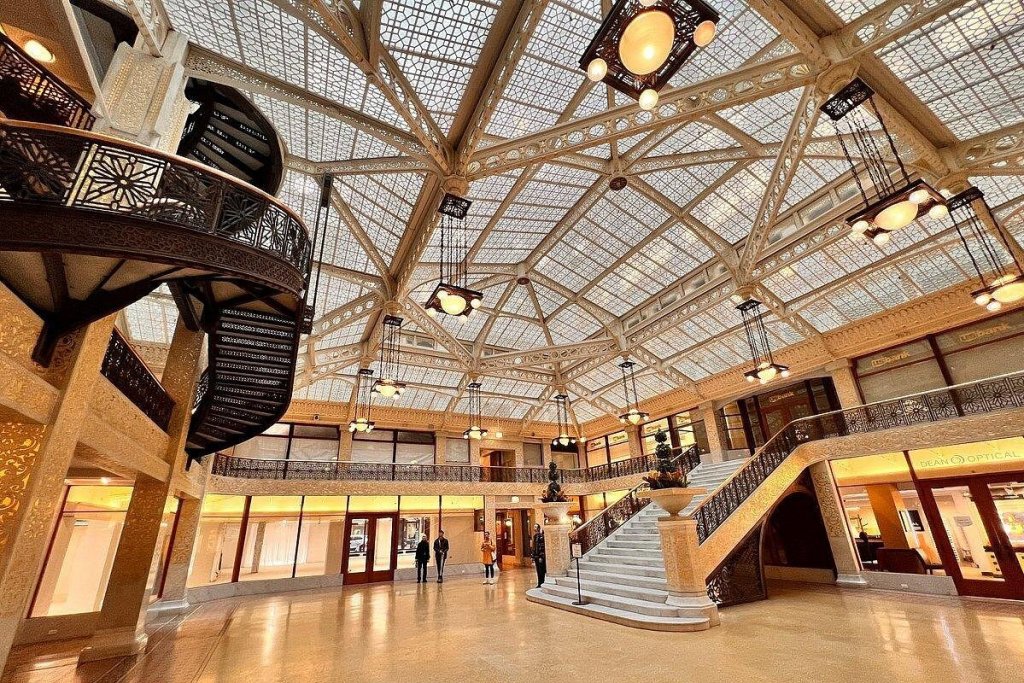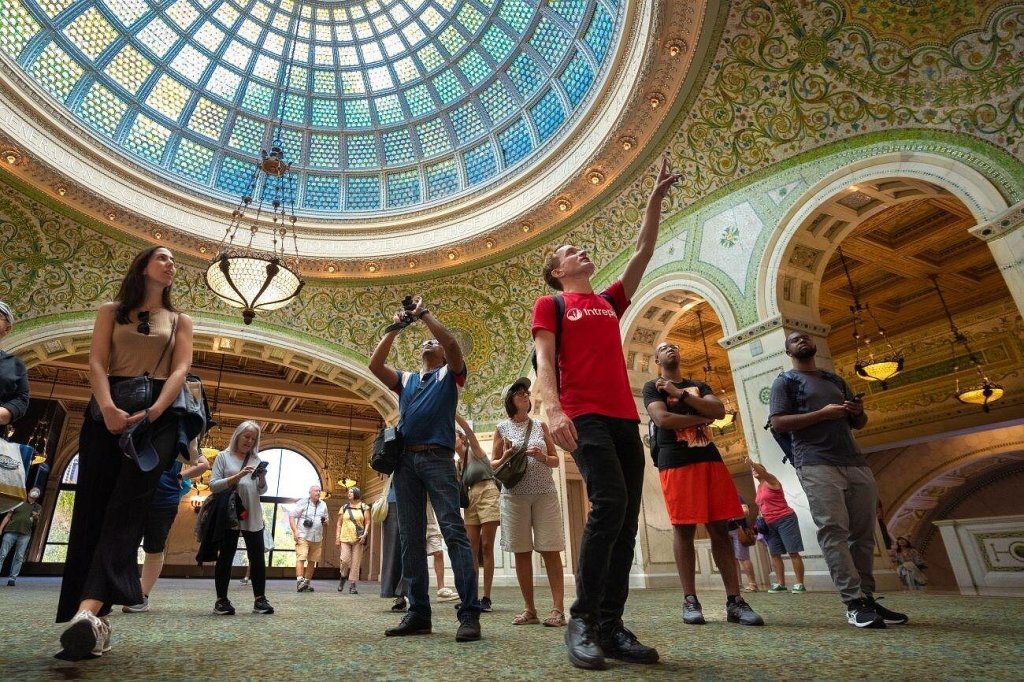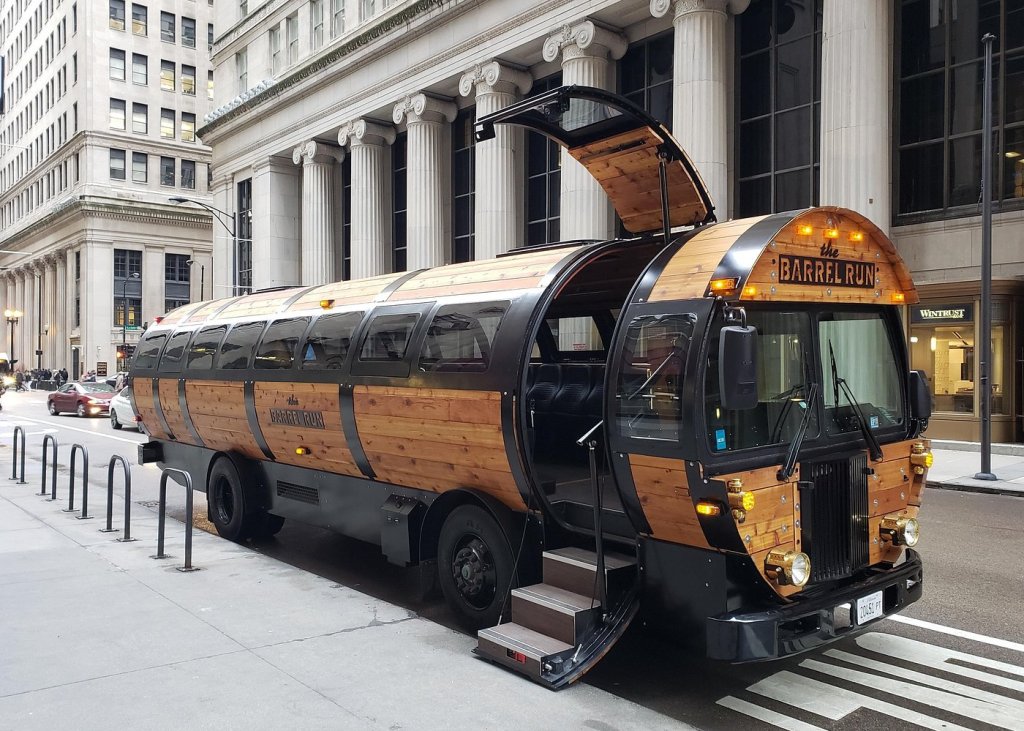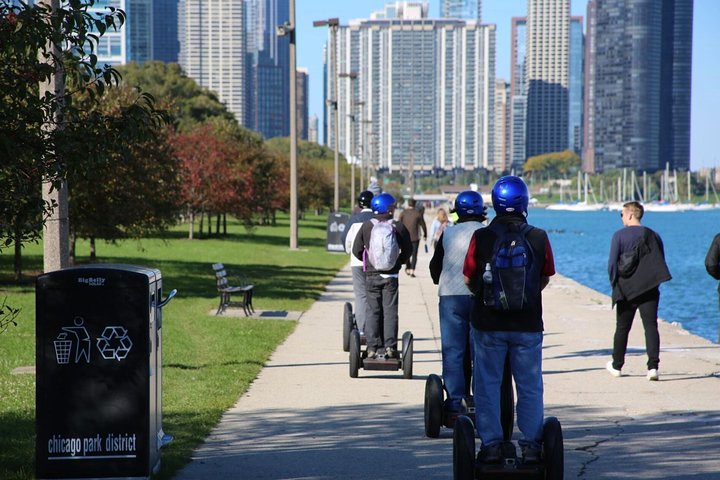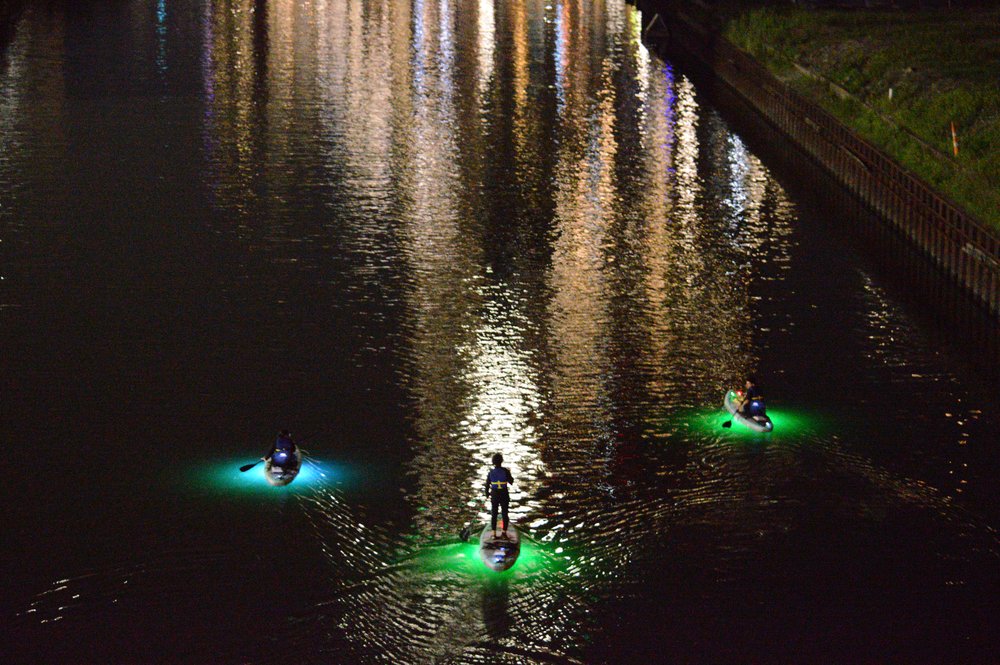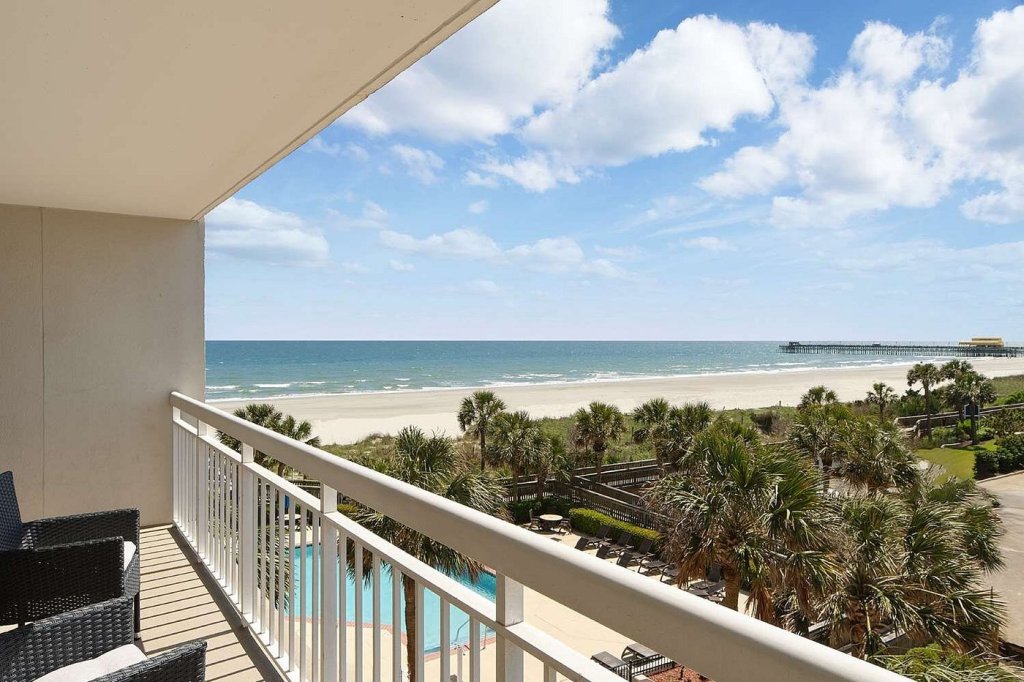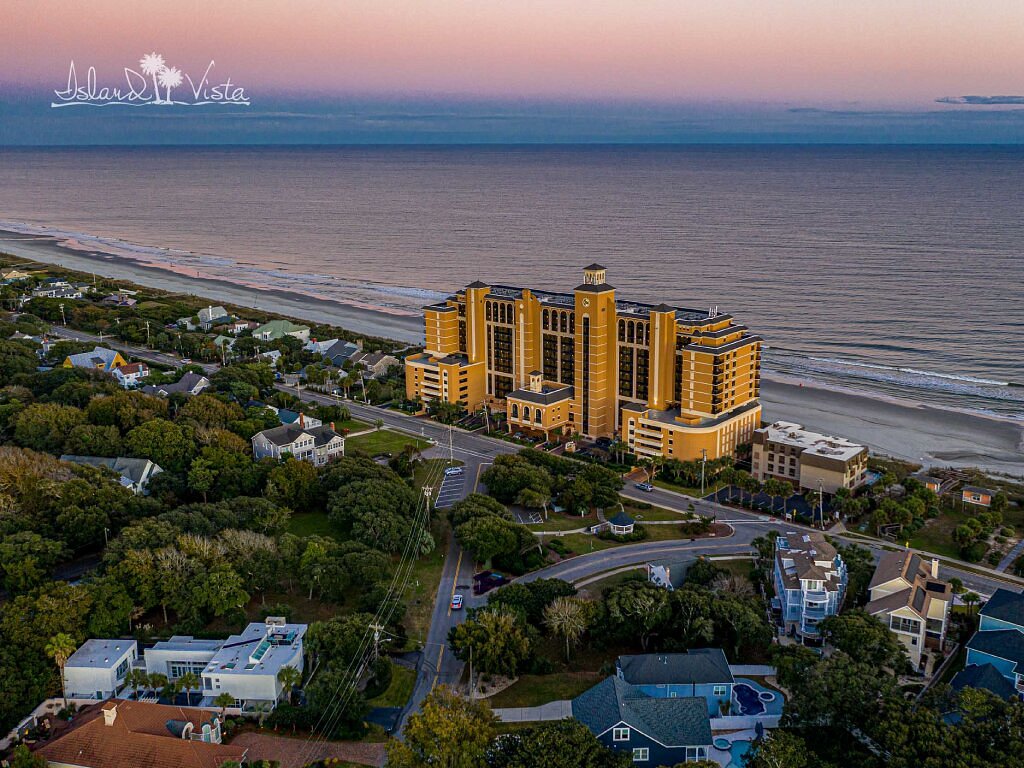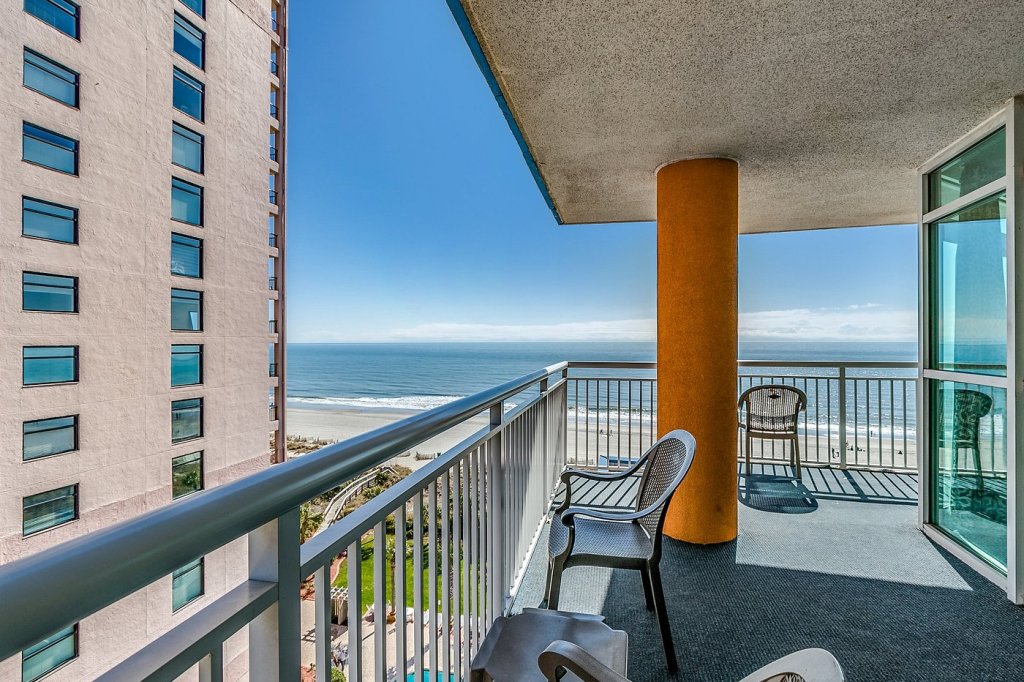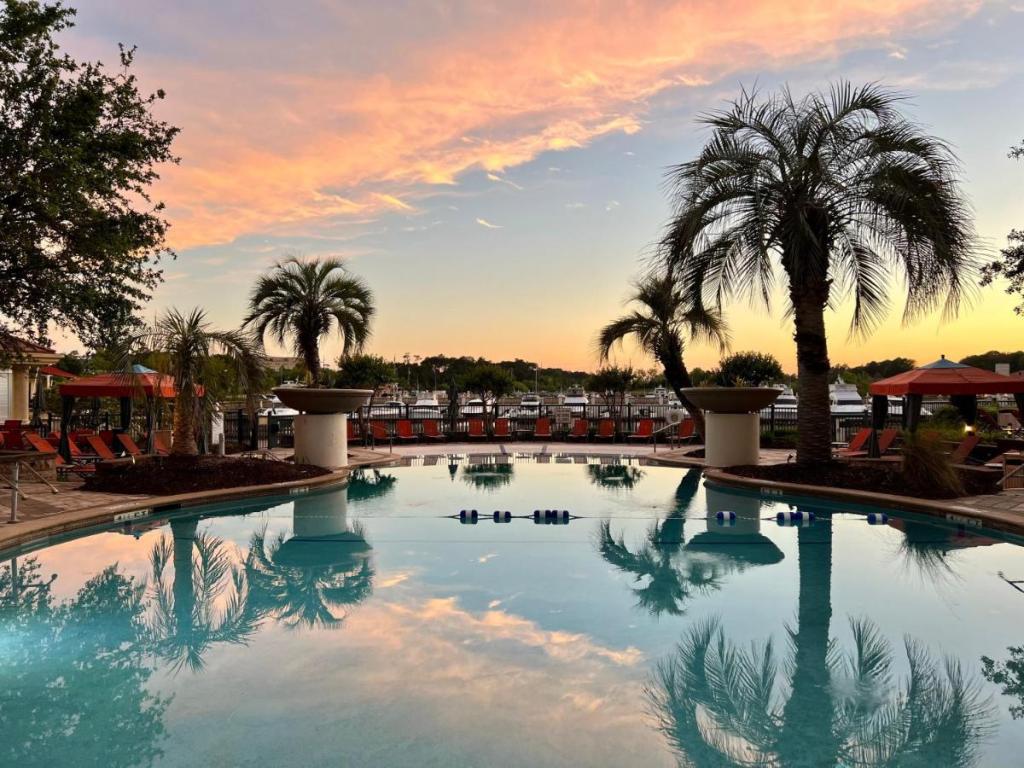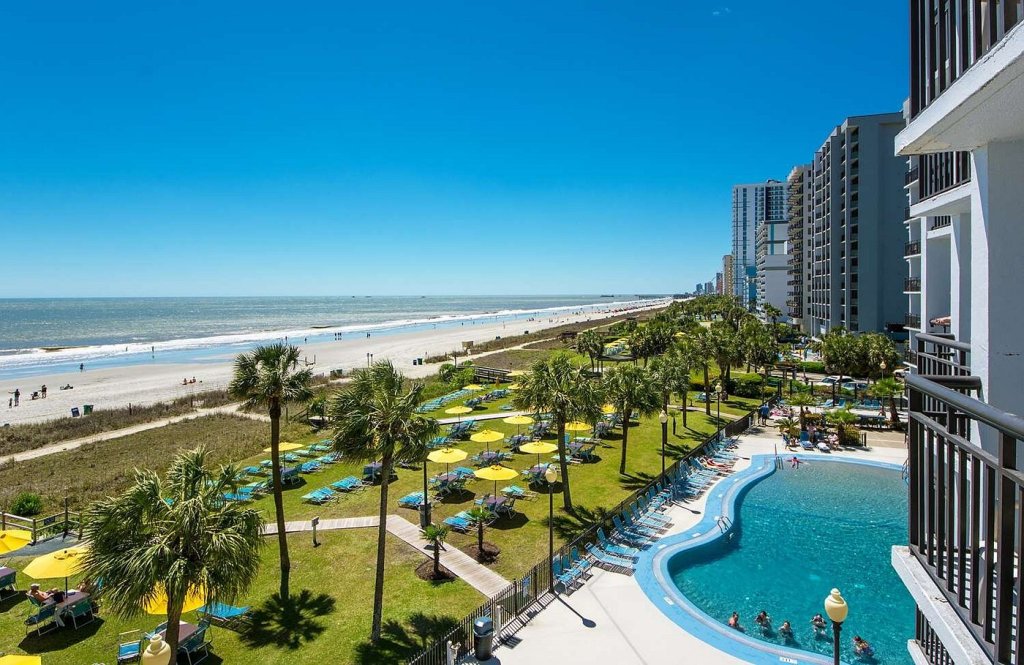Forest walks, sky bridges, treetop walkways—there are many names that describe elevated adventures out in nature. Though known by many names, the idea is the same. You take a raised pathway in order to explore a natural area from a semi-bird’s-eye view.
In the case of Central Europe, the most popular treetop walks are located in heavily forested areas. Think of them like a dual-threat in terms of outdoor activities and environmental immersion.
Not only do you get in a little hike, but you also get to explore the forests from a never-before-seen angle: above the fluffy canopy.
That being said, treetop walks in Europe come in all shapes and sizes. Some are shaped like cones, rising in a circular form high above the canopy. Others are more snake-like, winding amid the treetops for total natural immersion.
Regardless, they’re a great way to discover some of Europe’s most unspoiled forests, mountains, rivers, and gorges.
Ready to take to the skies—or, at least, the canopy? These are three of the best treetop walks in Europe, which are easily accessible for travelers of all fitness levels.
3 amazing treetop walks in Europe
Sendil du Dragon in Switzerland
- Location: Laax, Switzerland
- Length: 1.56 km (almost one mile)

If you’re heading to Switzerland, don’t miss out on Graubünden, a region that’s sometimes listed as Grisons (the French variation) for Americans.
It’s one of my favorite places in Europe, hands down. This region is home to some of the most breathtaking Alpine scenery, which you can soak up to the fullest in Laax. Laax is home to the Sendil du Dragon, or ‘path of the Dragon’ in the local Romansh language.
As an added bonus, you not only get to soak up the Alpine views and foliage on the Sendil du Dragon, but you also get to learn about local folklore. Yes, it involves a dragon—and a dragon woman named Spurflonda.
*Again, I’d highly suggest going out of your way to visit Graubünden if you’ll be zipping around Central Europe anytime soon. While Switzerland is one of Europe’s priciest destinations in winter, it’s highly affordable in summer and offers breezy public transportation.
In Laax, you also have rocksresort at your fingertips, which is one of the region’s premier eco-resorts. And let me tell you—Switzerland goes all-in on its sustainability measures. Staying in Laax (and especially at rocksresort) will give you a comfortable, responsible, and educational experience that you won’t forget.
Treetop Walk Bavarian Forest in Germany (Baumwipfelpfad Saarschleife)
- Location: Bavarian Forest National Park
- Length: 1.25 km (around ¾ mile)
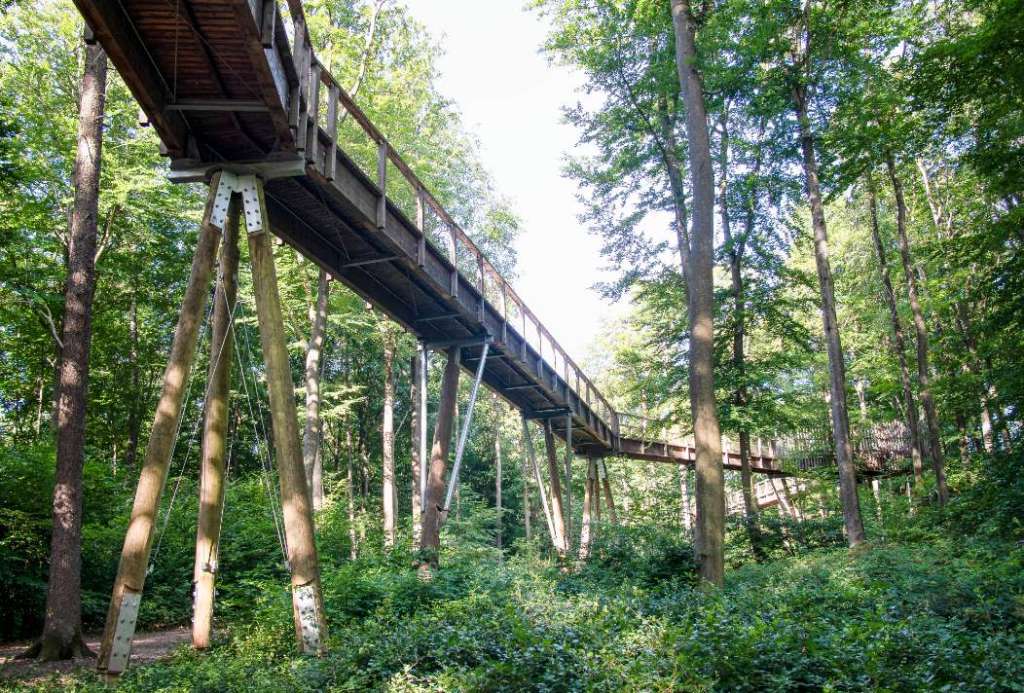
Want to explore the largest forested area in Europe? Head to the Bavarian Forest National Park; coupled with National Park Šumava, these parks comprise the largest continuously forested area on the continent.
The massive treetop walk is designed to educate and delight guests, and is also accessible by wheelchair, as it uses a low 6% grade incline.
Along the way, you can also explore the animal preserve, which is home to bears, lynxes, and more. There’s also a glass art area, a family-friendly list of activities, and an indoor climbing center. If you’re traveling with kids, the Bavarian Forest treetop walk is a great pick.
Treetop Walk Salzkammergut in Austria
- Location: Grunberg Mountain, Gmunden, Austria
- Length: 1.3 km (.8 miles)
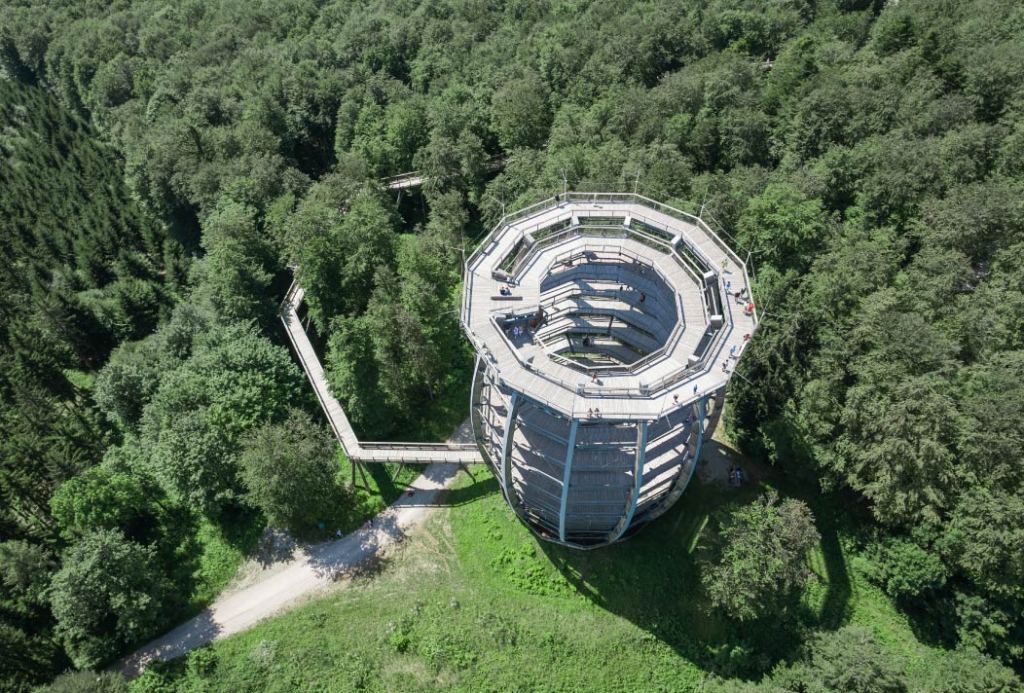
The Treetop Walk at Salzkammergut takes you to Austria’s largest mountain, the Green Mountain or Grunberg Mountain. It’s located in the country’s most unspoiled and mountainous region near the Alps. In summer, this area comes alive with classic activities like tobogganing, hiking, cable car adventures, getting out on Lake Traunsee, and more.
As with the Bavarian National Park Forest treetop walk, the Salzkammergut is ideal for families. Not only is there a restaurant on the grounds, but there’s also a children’s climbing park—and even a massive 250-foot slide that you can take down from the top of the 90-foot spiraling tower, which is the apogee of the treetop walk.
*The Salzkammergut Treetop Walk is considered a sister walk to Germany’s Bavarian Forest treetop walk, and is a short drive away. If you have a great time at one of these parks, consider scheduling a visit to the next. Via train or car, it’s around a four-five hour journey.

